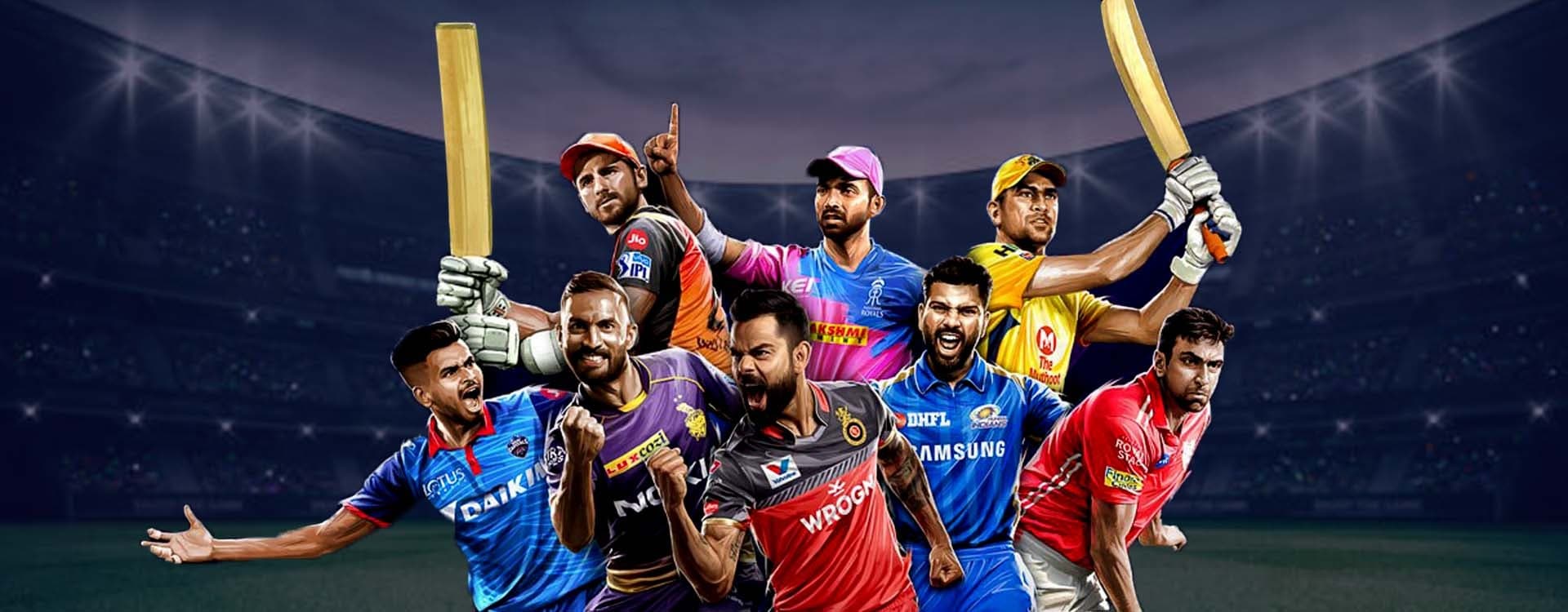
IPL Turns 18: The Evolution of Cricket’s Biggest Sporting Phenomenon
The IPL turns 18, evolving into a global cricket and entertainment giant. With record-breaking performances and economic impact, it continues to innovate despite challenges, shaping the future of the sport.
Aditi S
PL turns 18: Indian Premier League enters adulthood, its great success being a blend of sports, entertainment and business
The Indian Premier League (IPL), inaugurated in 2008, has transformed into a monumental fusion of sports, entertainment, and business as it enters its 18th season in 2025. Its unique blend of high-octane cricket, celebrity involvement, and strategic marketing has not only captivated millions of fans worldwide but also established the IPL as a financial powerhouse in the sporting world.
Evolution and Impact of the IPL
The IPL's inception marked a significant shift in cricket's traditional landscape, introducing a franchise-based Twenty20 format that combined athletic excellence with entertainment. This approach attracted a diverse audience, including those who previously might not have engaged with the sport. Over the years, the league's innovative strategies have set benchmarks for other sports leagues globally.
Record-Breaking Performances
The 2024 season witnessed unprecedented on-field performances, with a staggering 1,260 sixes hit throughout the tournament—averaging one every 13 balls. This statistic not only highlights the aggressive and entertaining style of play that the IPL promotes but also underscores the evolving strategies teams employ to captivate audiences
Global Influence and Replication
The success of the IPL has inspired the creation of similar franchise-based T20 leagues worldwide, aiming to replicate its model. However, while these leagues strive to emulate the IPL's success, the unique combination of India's vast cricket-loving population, economic growth, and cultural integration of the sport has been challenging to reproduce elsewhere.
Economic Contributions
The IPL has significantly contributed to India's economy, generating employment opportunities, boosting tourism, and attracting substantial investments both domestically and internationally. The league's financial model has become a case study in sports management courses globally, illustrating how sports can be leveraged for economic growth.
Challenges and Criticisms
Despite its success, the IPL has faced challenges, including concerns about the commercialization of cricket, player workload, and the marginalization of traditional formats like Test cricket. Additionally, the rapid proliferation of T20 leagues has raised questions about market saturation and the long-term sustainability of such tournaments.
Future Prospects
As the IPL enters adulthood, it continues to innovate, exploring new technologies such as virtual reality experiences for fans, expanding its digital footprint, and enhancing viewer engagement through interactive platforms. The league's ability to adapt and evolve will be crucial in maintaining its relevance and dominance in the ever-changing landscape of global sports entertainment.
